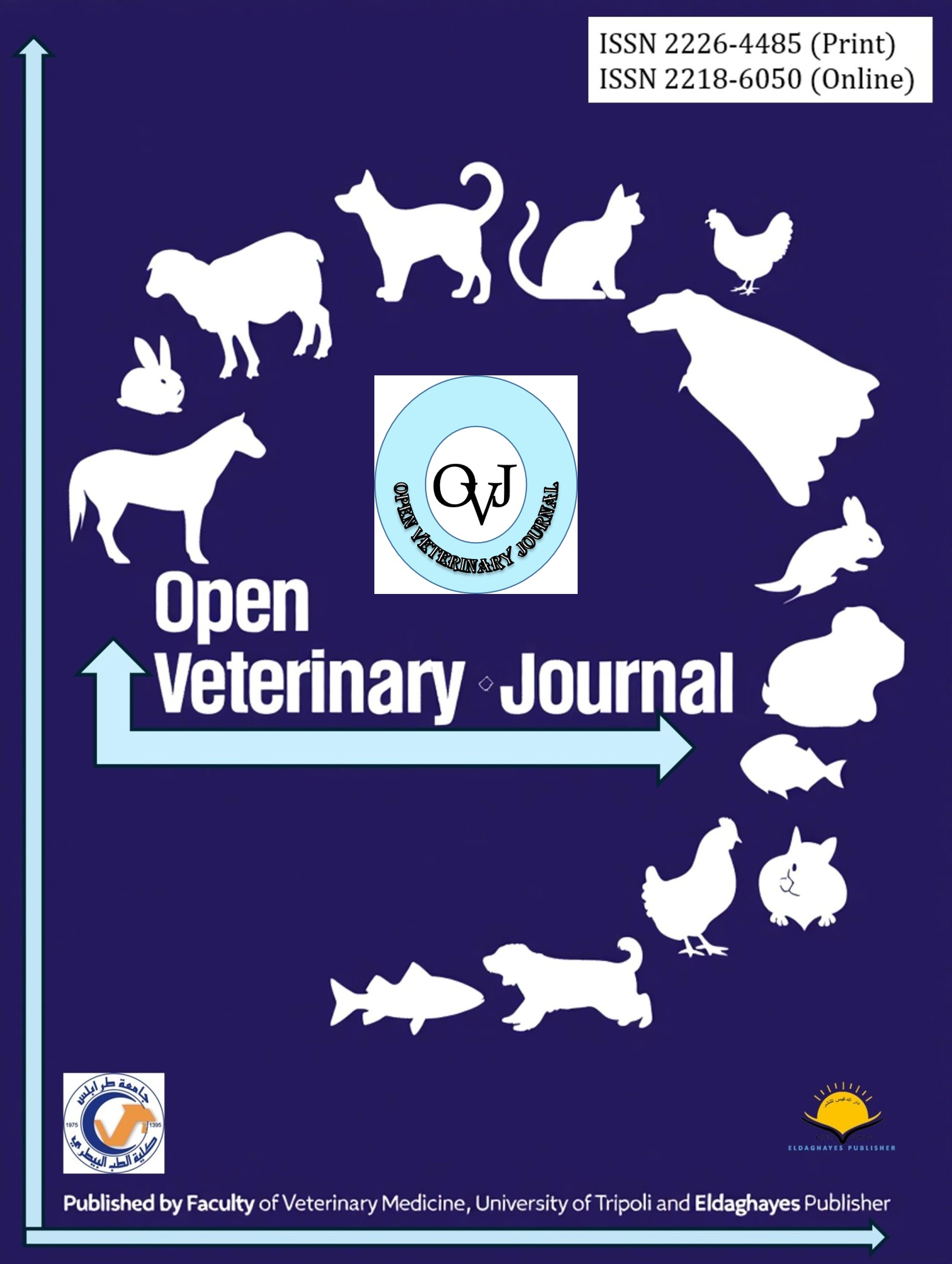
| Review Article | ||||||||||||||||||||||||||||||||
Open Vet. J.. 2024; 14(12): 3164-3180 Camel milk: Nutritional composition, therapeutic properties and benefits for human health Walaa E. Alhassani.
| ||||||||||||||||||||||||||||||||
| How to Cite this Article |
| Pubmed Style Walaa E. Alhassani. Camel milk: Nutritional composition, therapeutic properties and benefits for human health. Open Vet. J.. 2024; 14(12): 3164-3180. doi:10.5455/OVJ.2024.v14.i12.2 Web Style Walaa E. Alhassani. Camel milk: Nutritional composition, therapeutic properties and benefits for human health. https://www.openveterinaryjournal.com/?mno=217131 [Access: November 10, 2025]. doi:10.5455/OVJ.2024.v14.i12.2 AMA (American Medical Association) Style Walaa E. Alhassani. Camel milk: Nutritional composition, therapeutic properties and benefits for human health. Open Vet. J.. 2024; 14(12): 3164-3180. doi:10.5455/OVJ.2024.v14.i12.2 Vancouver/ICMJE Style Walaa E. Alhassani. Camel milk: Nutritional composition, therapeutic properties and benefits for human health. Open Vet. J.. (2024), [cited November 10, 2025]; 14(12): 3164-3180. doi:10.5455/OVJ.2024.v14.i12.2 Harvard Style Walaa E. Alhassani (2024) Camel milk: Nutritional composition, therapeutic properties and benefits for human health. Open Vet. J., 14 (12), 3164-3180. doi:10.5455/OVJ.2024.v14.i12.2 Turabian Style Walaa E. Alhassani. 2024. Camel milk: Nutritional composition, therapeutic properties and benefits for human health. Open Veterinary Journal, 14 (12), 3164-3180. doi:10.5455/OVJ.2024.v14.i12.2 Chicago Style Walaa E. Alhassani. "Camel milk: Nutritional composition, therapeutic properties and benefits for human health." Open Veterinary Journal 14 (2024), 3164-3180. doi:10.5455/OVJ.2024.v14.i12.2 MLA (The Modern Language Association) Style Walaa E. Alhassani. "Camel milk: Nutritional composition, therapeutic properties and benefits for human health." Open Veterinary Journal 14.12 (2024), 3164-3180. Print. doi:10.5455/OVJ.2024.v14.i12.2 APA (American Psychological Association) Style Walaa E. Alhassani (2024) Camel milk: Nutritional composition, therapeutic properties and benefits for human health. Open Veterinary Journal, 14 (12), 3164-3180. doi:10.5455/OVJ.2024.v14.i12.2 |








